Last fall I posted a blog about the most common birds that I had been seeing at my feeder. But after a full year of living at this house, I've discovered a few more visitors that I thought it would be fun to add to the list. My first list included the titmouse, chickadee, goldfinch, cardinal, white-breasted nuthatch, hairy and downy woodpeckers, flicker, pileated woodpecker, mourning dove, blue jay, ruby-throated hummingbird, Carolina wren, Baltimore oriole, bluebird, mockingbird, catbird, phoebe, and red-tailed hawk. This one will cover the robin, junco, red-breasted nuthatch, cowbird, chipping sparrow, red-bellied woodpecker, song sparrow, Cooper's hawk, turkey vulture, and house finch.
American Robin
Robins are harbingers of spring in my New England yard, although we sometimes have a few that hang around for most of the winter. This year for most of the winter I had flocks stopping to feast on the berries of my holly bushes on their way south. Robins have a distinctive bright red chest. They prefer worms and berries, so are often seen hopping along the ground. They often fly close to the ground as well. Their most distinctive calls are a loud repeated scold and a happy "cheer up! cheerily!" sounding call. They often build nests near houses, including in bushes and even in wreaths on doors. Robins are quite territorial and will occasionally "fight" with the rearview mirrors on cars, thinking it's another bird.
Dark-Eyed Junco
Although I tend to think of juncos as winter birds, they are around all year. Although similar in size to titmice and finches, they're easy to identify based on their white bellies which don't extend up to their chests and contrast nicely with their dark gray bodies. They also have yellow beaks. Juncos will come to a hanging feeder but more often forage on the ground. They don't make a lot of noise, but will occasionally let out a long chirring call or a repeated "chip chip" that reminds me of pinging a high tension wire.Red-breasted Nuthatch
I had never seen these fascinating little birds until living where I do now! They share a streamlined body shape with their larger cousins, the white-breasted nuthatches, and they also occasionally hang upside down on trees or feeders like them. They have a rusty-red belly and chest and a well-defined black-and-white eye stripe, and are about the size of a chickadee. They are somewhat aggressive with each other and with other birds and will often squawk and flap their wings to drive others away from the feeder. They have funny little squeaky, nasal voices that are easy to recognize once you've heard them.Brown-Headed Cowbird
Male cowbirds are very easy to identify, as their bodies are glossy black and their heads are brown. Females are more non-descript and are easy to confuse with the many mottled gray types of finches and sparrows, although both genders are noticeably larger. I try not to encourage the cowbirds, as not only are they fairly aggressive and drive other species away, but they lay their eggs in other birds' nests and leave them to care for their eggs! They have a wide variety of calls and frequently chitter at each other or even sing to themselves while they're at the feeder.Chipping Sparrow
There are a lot of finches and sparrows that I struggle to differentiate between, but the chipping sparrow is relatively easy to identify, based on its small size, rusty red cap, and black eye stripe. The pattern and color on its wings is similar to a house sparrow, but it is much smaller and the rusty patch on the male house sparrow's head does not cover the top of the head. In addition to a long, sharp trill, it makes a repeated "chip chip chip" from which it gets its name.Song Sparrow
Another small finch/sparrow-type bird that can be hard to distinguish, the dark streaks on the song sparrow's belly help to identify it, as well as its brown eye stripes. Not surprisingly, the best way to identify it is through its long, melodic, trill-laden song, which you are most likely to hear early in the morning. Like many other sparrows, it also has a loud "chip! chip!" alarm call.


/am-robin-594ec95a3df78cae81dca55a.jpg)
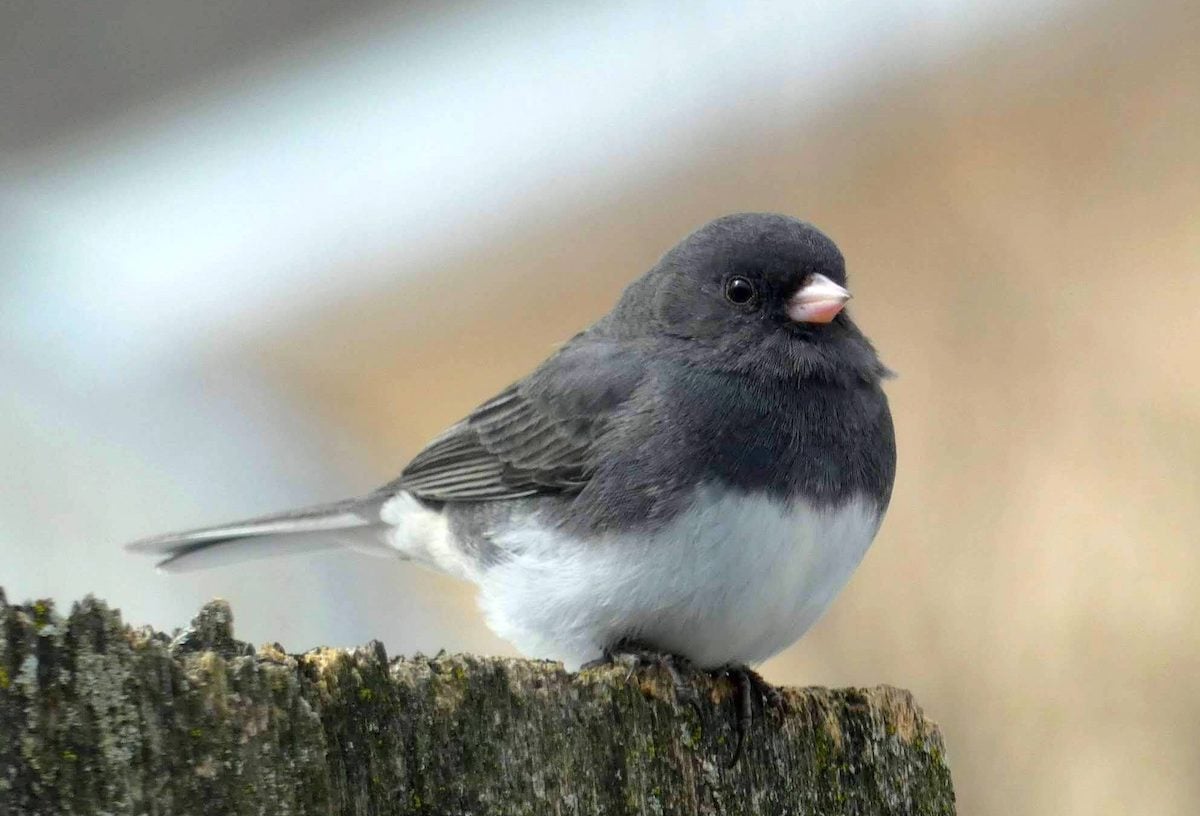
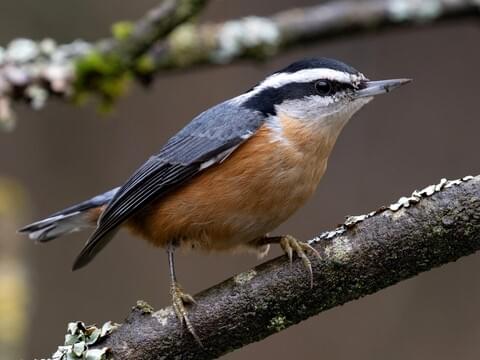

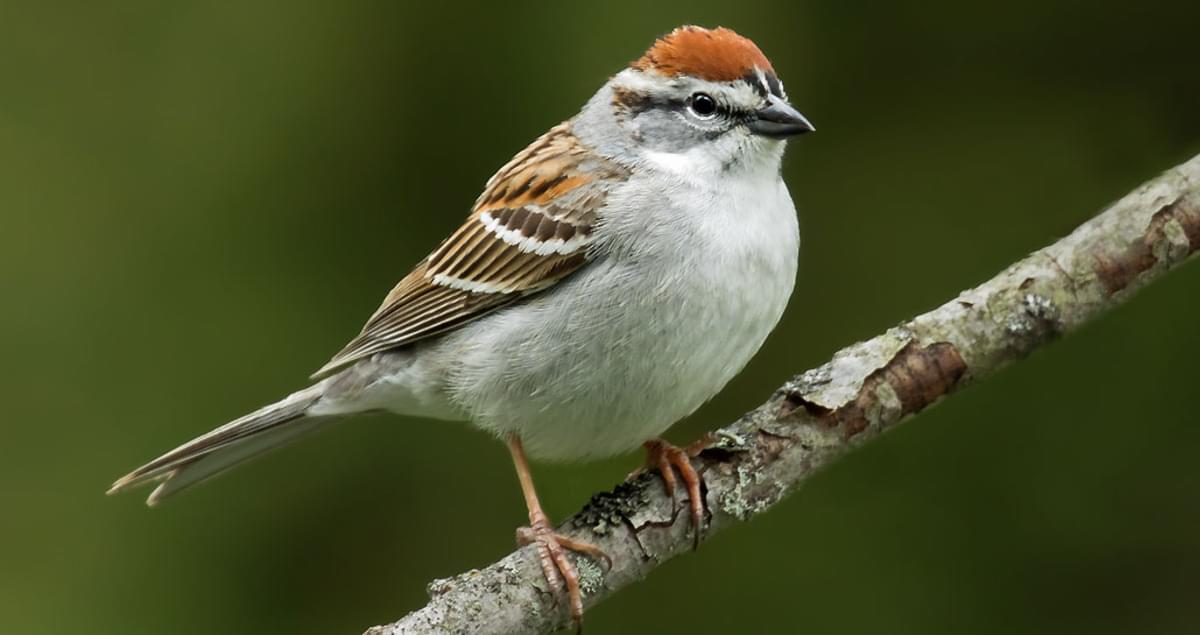
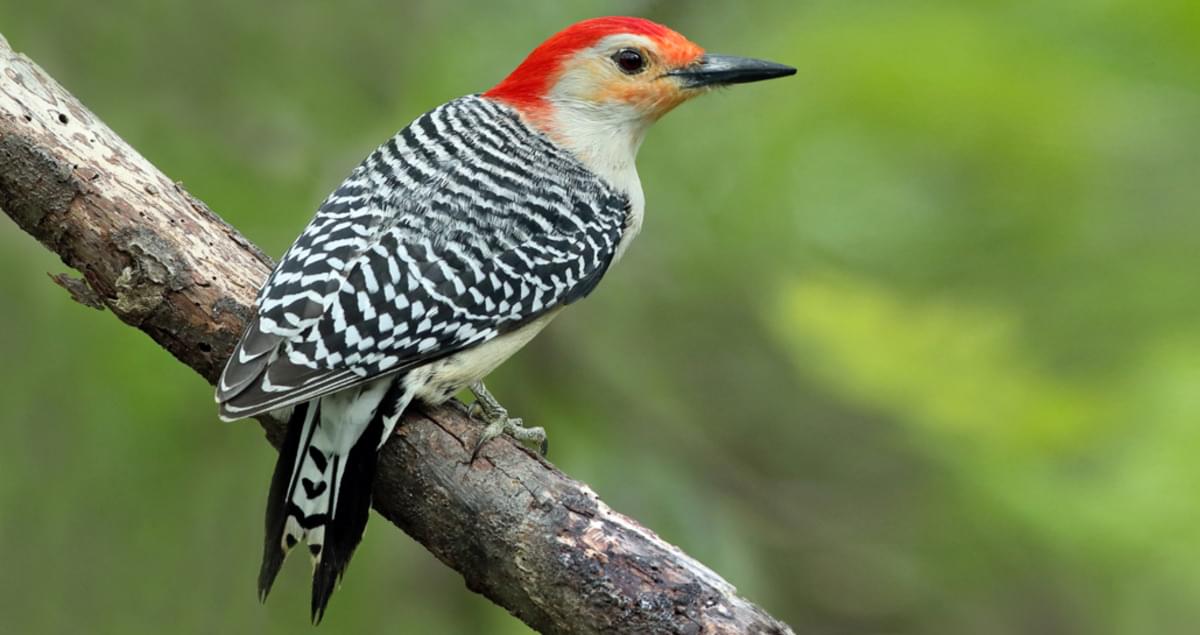


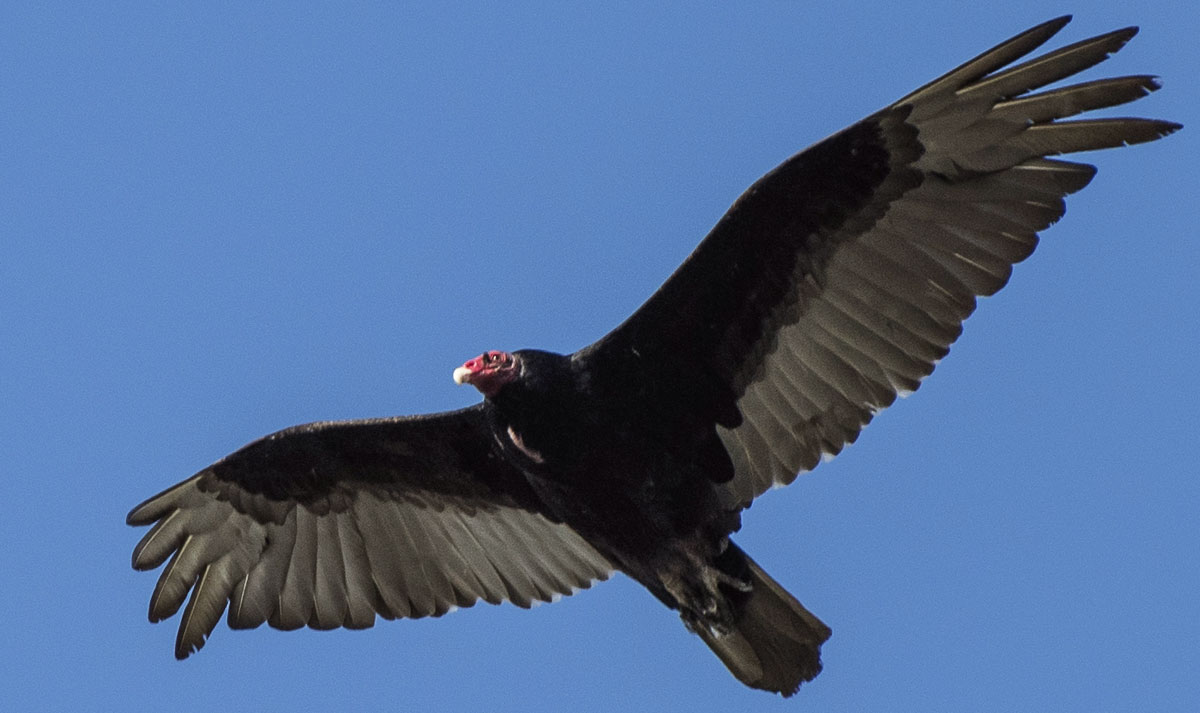


No comments:
Post a Comment